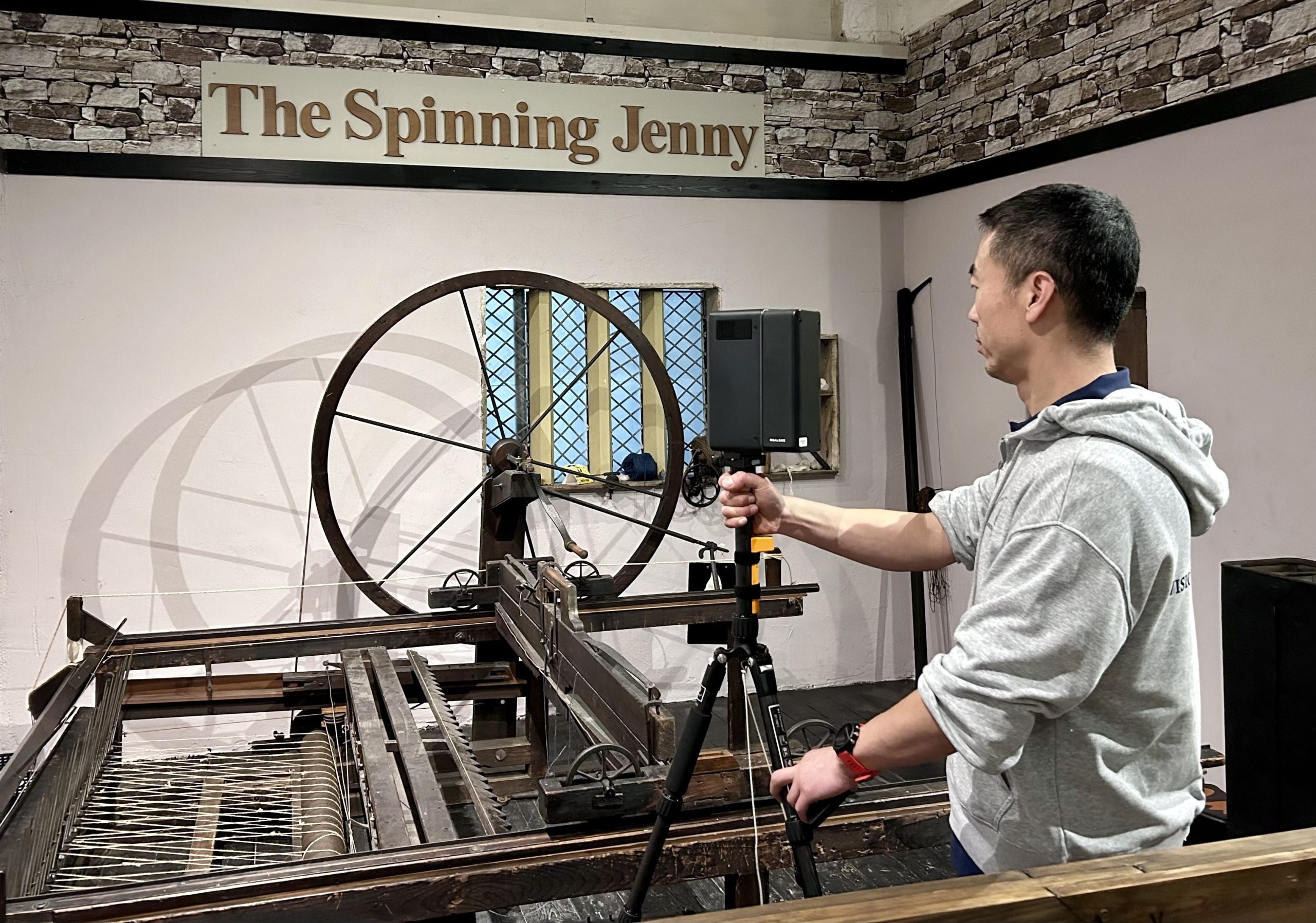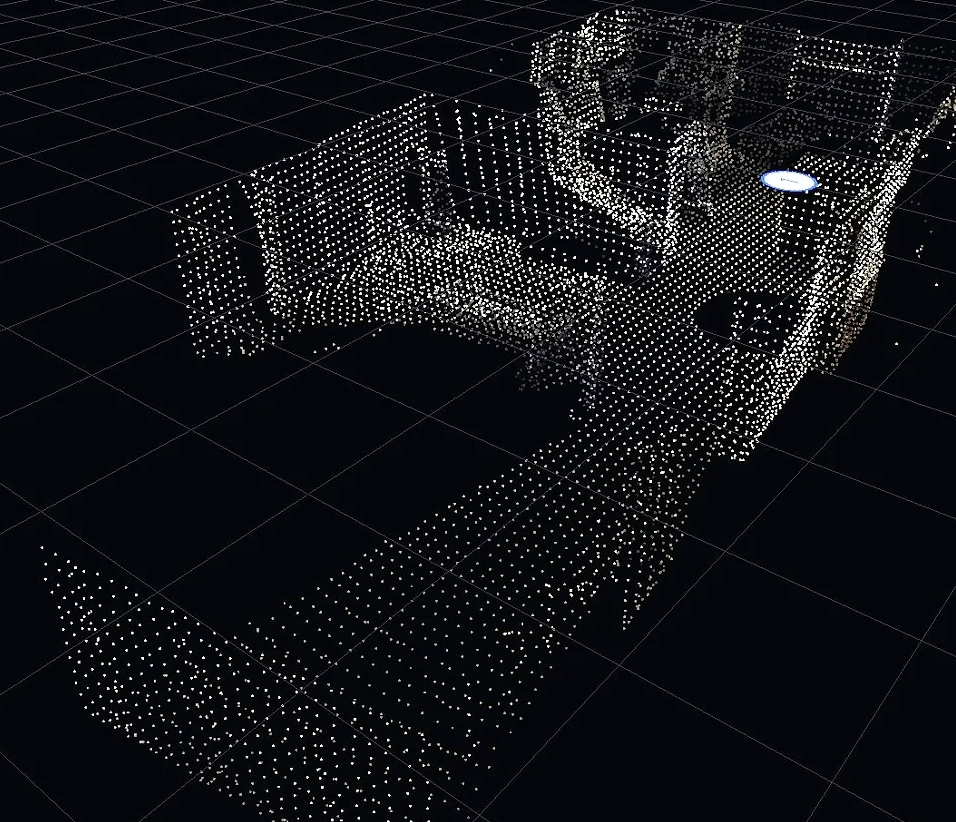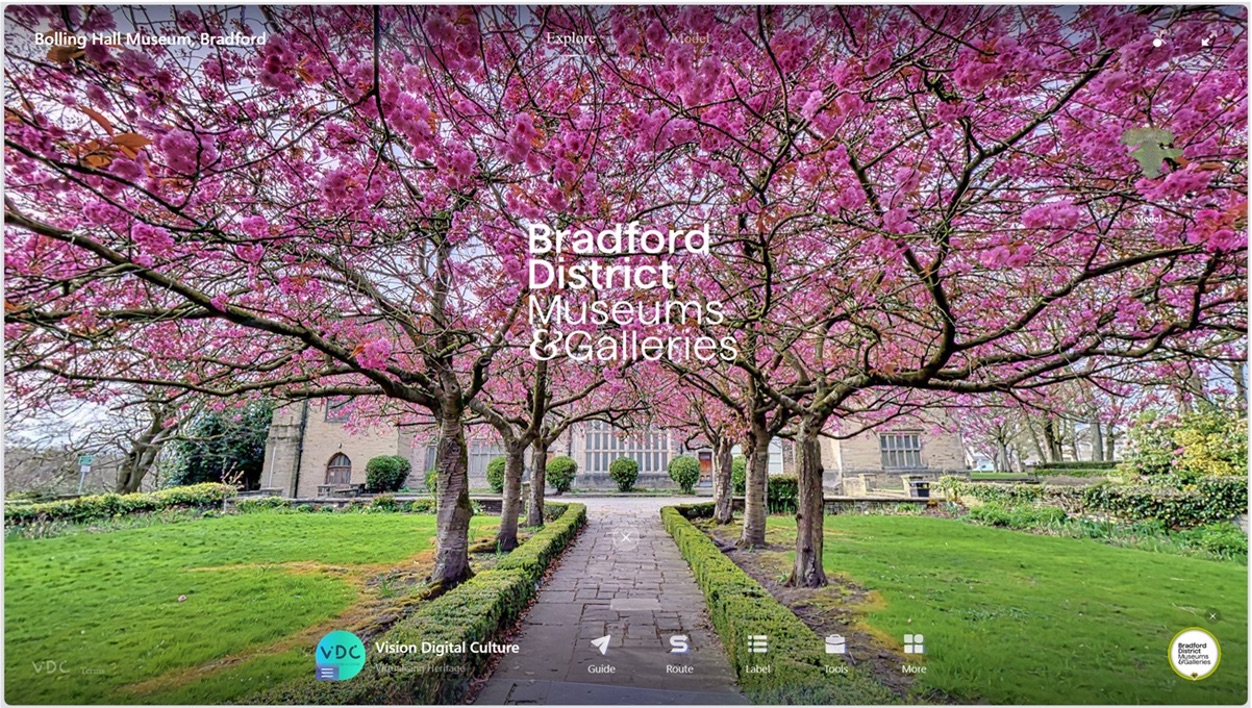
Calderdale Industrial Museum Testimonial
Calderdale Industrial Museum Testimonial “We are extremely pleased with the final result now displayed on our website.” General Experience Some time ago we had come
In the ever-evolving landscape of technology, digital twins emerge as a powerful force reshaping the realms of cultural preservation for museums, galleries, and studios. These dynamic virtual replicas offer a transformative approach to safeguarding and showcasing cultural heritage. Let’s delve into the profound impact of digital twins in the industry and how they are becoming the architects of the future.
Digital twins allow for meticulous preservation of artefacts, providing an accurate and detailed 3D representation of cultural treasures. Precise measurements, intricate details, and immersive experiences contribute to a more comprehensive preservation strategy.
Digital twins transcend physical barriers, allowing global audiences to access cultural artefacts and exhibits remotely. This increased accessibility fosters a wider appreciation for cultural heritage, reaching audiences that may not have the means to visit in person.
Curators can utilise digital twins to curate exhibitions virtually, experimenting with various layouts and arrangements before physical implementation. This revolutionary approach streamlines curatorial processes and enhances the overall quality of exhibitions.
Digital twins provide an interactive learning environment, allowing educators to craft engaging and immersive experiences for students. These virtual platforms facilitate innovative educational practices, enhancing the understanding and appreciation of cultural history.
Digital twins aid in restoration projects by providing a comprehensive overview of an artefact’s current state. Restoration experts can use this technology to plan and execute preservation efforts with precision, ensuring the longevity of cultural assets.
Digital twins offer opportunities for cultural diplomacy by enabling the sharing of virtual artefacts across borders. Museums can engage in collaborative projects, fostering international partnerships and expanding the reach of cultural heritage.
Leveraging data analytics, digital twins provide insights into the conservation needs of artefacts. Conservationists can make informed decisions based on real-time data, optimising the preservation of cultural treasures.
In conclusion, digital twins are at the forefront of a cultural revolution, offering unparalleled possibilities for preservation, education, and accessibility. As the cultural industry embraces these virtual counterparts, we witness a harmonious blend of tradition and technology, unlocking new dimensions in the preservation and appreciation of our shared heritage. The journey with digital twins is not just a technological advancement; it’s a cultural odyssey that propels us into a future where the past is not just preserved but actively redefined for generations to come.

Calderdale Industrial Museum Testimonial “We are extremely pleased with the final result now displayed on our website.” General Experience Some time ago we had come

Artificial Intelligence (AI) is no longer just the buzzword of the tech world. It’s becoming a transformative tool for industries far beyond its Silicon Valley roots—including the world of cultural heritage.

At Vision Digital Culture, we’re passionate about bringing heritage to life — and our recent collaboration with Bolling Hall Museum is a perfect example of how technology and history can walk hand-in-hand.